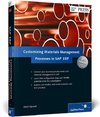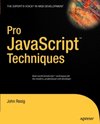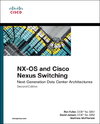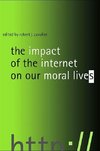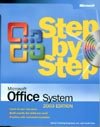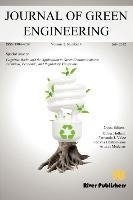
-
 Anglický jazyk
Anglický jazyk
Journal of Green Engineering- Special Issue
Autor: Periklis Chatzimisios
Demand for wireless data exchange is perpetually increasing, leading to pressure on deployed wireless capacity. As systems enhance their spectral efficiency to attempt to address this, evermore complex processing techniques are being employed. Such techniques... Viac o knihe
Na objednávku, dodanie 2-4 týždne
49.54 €
bežná cena: 56.30 €
O knihe
Demand for wireless data exchange is perpetually increasing, leading to pressure on deployed wireless capacity. As systems enhance their spectral efficiency to attempt to address this, evermore complex processing techniques are being employed. Such techniques increase power consumption, leading to greater heat output from processers in network elements and increasing powered cooling. Moreover, the requirement for wideband linearity of radio frequency circuitry in state-of-the-art OFDM systems, twinned with high transmission power capability on the network side and the inefficiencies of components when operating at such limits, leads to greater inefficiency hence further heat power output and the need for greater cooling. All of these ingredients significantly affect the power consumption of communications equipment. Indeed, merely
considering raw transmission power, the Shannon-Hartley theorem implies that necessary transmission power increases exponentially with required capacity.
Such power consumption issues can be mitigated through cognitive radio (CR) techniques. The use of greater bandwidths through CR and in some cases the aggregation of bandwidths, as well as the opportunistic use of spectrum of more appropriate propagation characteristics or with better interference management, can reduce necessary transmission power for devices and systems. Moreover, CR techniques may achieve greater spatial/temporal awareness of connectivity options and their inherent power consumptions, as well as the power consumptions of chosen radio access characteristics. They might be able to use this awareness to dynamically switch to connections that better manage loads and interference, or might be able to minimize the power consumption of radio frequency circuitry through switching radio access technique given a required traffic load. At a simpler level, they may be able to appropriately select nearer connectivity options minimizing
path loss/shadowing hence necessary transmission power, in consideration of experienced/predicted traffic loads and channel characteristics. Such capabilities are particularly relevant considering that, at least in terms of the transmission power to from-the-socket power consumption ratio, lower power equipment such as wireless LAN access points achieves far better efficiency than higher-power equipment such as macro-cell base stations. This manifestation is not only because of favorable path loss characteristics, but also because of the better efficiencies of the lower power components in such access points.
CR might also assist in making other areas of life more environmentally friendly. The application of CR to intelligent transportation, for example, facilitating the sharing of information in a timely manner and with appropriate data rates among vehicles and between vehicles and roadside infrastructure through enhancing the capabilities of systems such as IEEE 802.11p, could lead to the better management of traffic signals and better collaborative automated management of traffic speeds, limiting unnecessary vehicular start/stop cycles and greatly reducing the burning of fossil fuels. Moreover, the presence of CR capability in a wide range of future machines will facilitate those machines talking to each other more ubiquitously than today. Such machine-to-machine communications could greatly enhance the energy efficiency of everyday living. One example of this is smart grids and smart homes, facilitating the usage of energy locally, only when needed, and
catering for the integration, better prediction of and capitalization from renewable resources. Among other benefits, such solutions would decrease wastage in the home through better management of appliances and heating/cooling options.
- Vydavateľstvo: River Publishers
- Rok vydania: 2012
- Formát: Paperback
- Rozmer: 234 x 156 mm
- Jazyk: Anglický jazyk
- ISBN: 9788792329332
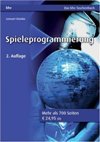
 Nemecký jazyk
Nemecký jazyk 



